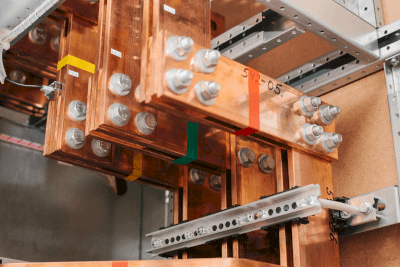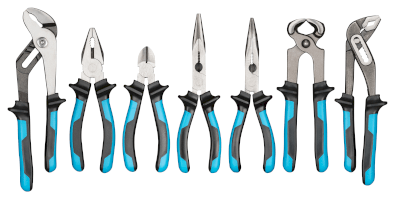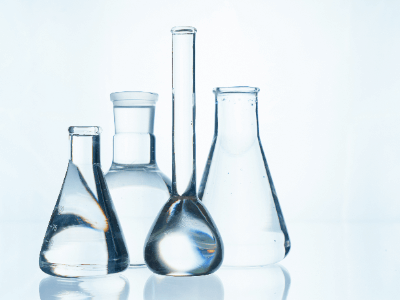What Is Guanine?
Guanine is a white powder heterocyclic compound. Its IUPAC name is 2-amino-1,9-dihydro-6H-purin-6-one, and it is also known as 2-aminohypoxanthine or 2-amino-6-hydroxypurine.
Its chemical formula is C5H5N5O, molecular weight is 151.13, and its CAS number is 73-40-5.
Uses of Guanine
Guanine was discovered in 1844 in bird excrement. The name comes from the Spanish word guano, meaning bird or bat droppings.
It is also a major component of the silvery-white parts of fish such as salmonids, hake, and Pacific saury.
1. Nucleobase of Nucleic Acids
Guanine is one of the major bases that make up nucleic acids, forming base pairs with cytosine via three hydrogen bonds in the double helix structure of DNA.
The carbonyl group oxygen at position 6 of Guanine acts as a hydrogen bond acceptor, while the hydrogen bond to the nitrogen atom at position 1 and the hydrogen on the primary amine at position 2 act as hydrogen bond donors.
Guanine quadruplex (G4), which is a higher-order structure of guanine in DNA, has been attracting attention since around 2015, and compounds that stabilize Guanine quadruplex (G4 ligands) have been suggested to inhibit cancer, and research is being conducted to explore their application in anticancer drugs and other drugs.
2. Cosmetics
Crystalline Guanine has been used as an additive in various products such as shampoos, eye shadows, and nail polishes because it reflects light in rainbow colors like pearls when applied.
It is also used in metallic paints and imitation pearls. Guanine crystals are rhombic plate-like crystals composed of multiple transparent layers. Because of its high refractive index, each layer partially reflects and transmits light, producing a pearly luster.
Properties of Guanine
Guanine decomposes at 360 °C and is solid at room temperature. It is insoluble in water and organic solvents, but is well soluble in dilute acids.
The acid dissociation constant (pKa) is 3.3 for the amide moiety, 9.2 for the secondary amine moiety, and 12.3 for the primary amine moiety.
The acid dissociation constant is a quantitative measure of the strength of an acid; the smaller the pKa, the stronger the acid.
Other Information on Guanine
1. Production Method of Guanine
Guanine and uracil are obtained by the Fischer-Tropsch method by heating an equimolar mixture of CO, H2, and NH3 at 700°C for 15 to 24 minutes, followed by quenching and heating again at 100 to 200°C for 16 to 44 hours under alumina catalyst.
It can also be obtained by heating the amine-substituted pyrimidine 2,4,5-triamino-1,6-dihydro-6-oxypyrimidine in formic acid for several hours, according to Traube’s purine synthesis.
2. Precautions for Handling and Storage
Handling
Avoid contact with strong oxidizing agents. It is important to use the product in a draft chamber with local exhaust ventilation. Wear personal protective equipment when using.
In case of fire
Guanine is nonflammable and will itself not burn. However, thermal decomposition may produce irritating gases and vapors such as carbon monoxide, carbon dioxide, and nitrogen oxides. Water spray, foam, powder fire extinguishers, carbon dioxide, dry sand, etc. should be used to extinguish the fire.
If adhered to skin
Care should be taken to prevent adhesion to skin. Always wear protective clothing such as a white coat or work clothes and protective gloves when using the product. It is important to never roll up the sleeves of protective clothing to avoid skin exposure.
In the unlikely event of skin contact, wash off with soap and copious amounts of water. If on clothing, remove all contaminated clothing and isolate. If symptoms persist, it is safer to seek medical attention.
In case of eye contact
Strongly irritating to eyes. Always wear protective eyewear or goggles when using this product as it can cause serious injury.
In the unlikely event of eye contact, rinse cautiously with water for several minutes. If wearing contacts, remove them if they can be easily removed and rinse thoroughly. Immediate medical attention is required.
Storage
Store in a tightly closed, light-shielded glass container. It is important to store in a cool, well-ventilated place, away from direct sunlight.



